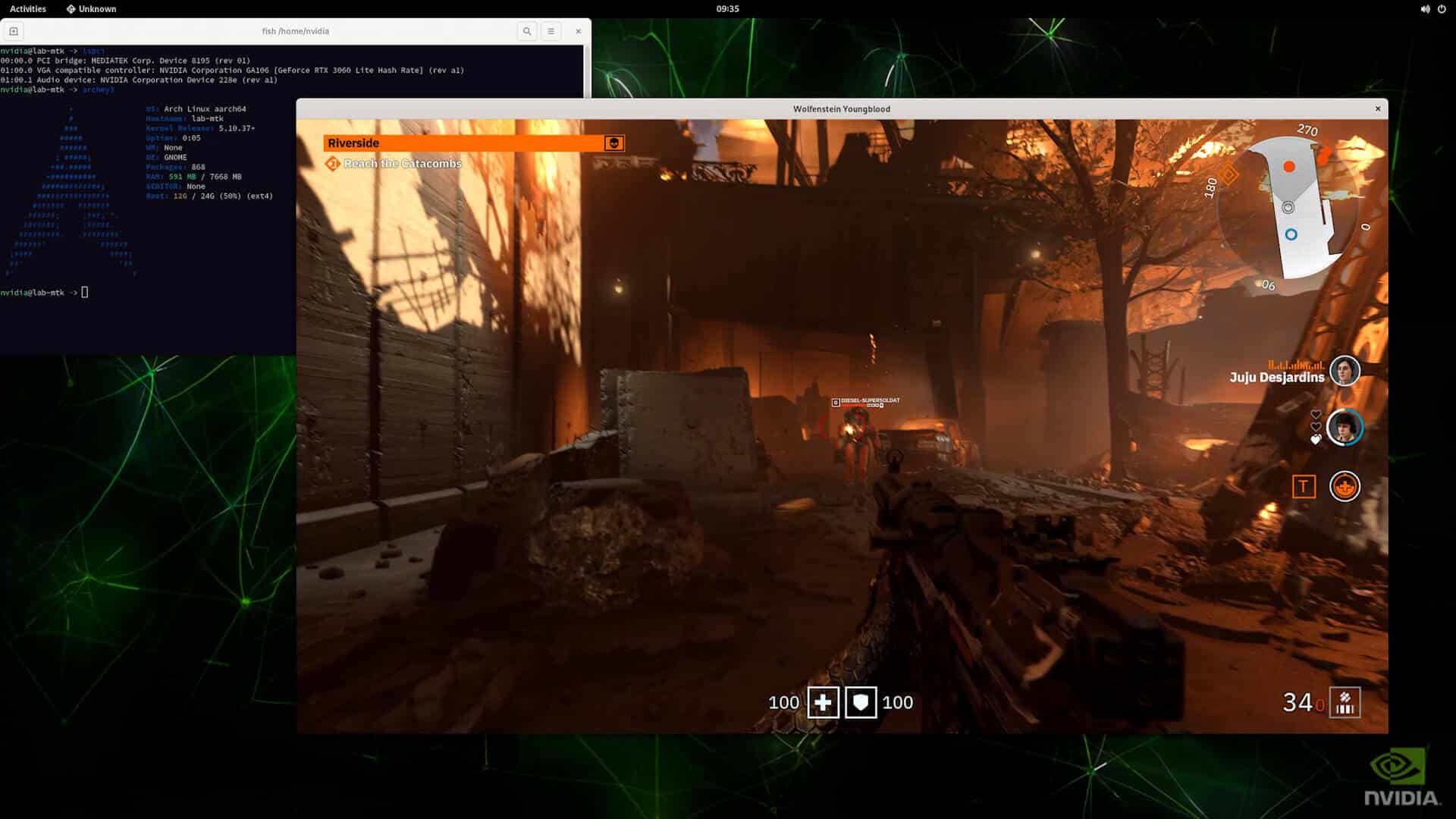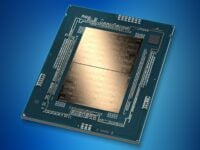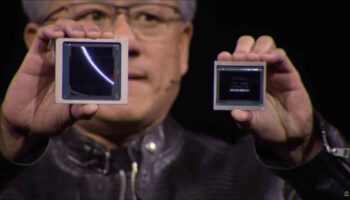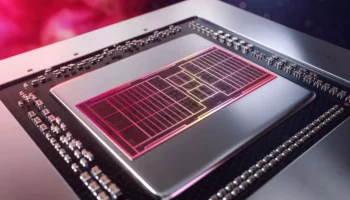A pair of new demos running ray-tracing on an Arm (still using an NVIDIA RTX GPU though) platform was unveiled by NVIDIA today at this week’s Game Developers Conference. The demos shown include Wolfenstein: Youngblood from Bethesda Softworks and MachineGames, as well as The Bistro from the Open Research Content Archive running in real-time on a MediaTek Arm platform with ray-traced graphics.
The two demos, shown at this week’s Game Developers Conference, included Wolfenstein: Youngblood from Bethesda Softworks and MachineGames, as well as The Bistro from the Open Research Content Archive running in real-time on a MediaTek Arm platform with ray-traced graphics.
RTX is the most groundbreaking technology to come to PC gaming in the last two decades. MediaTek and NVIDIA are laying the foundation for a new category of Arm-based high-performance PCs.
PC Tseng, general manager of MediaTek’s Intelligent Multimedia Business Unit
Showing the potential for NVIDIA RTX on Arm, developer Machine Games packed the Wolfenstein: Youngblood demo with beautiful, ray-traced reflections, all accelerated by NVIDIA DLSS, which uses GPU-accelerated deep-learning algorithms to boost frame rates.
NVIDIA also showed how RTX can enhance the “The Bistro” demo, which portrays a detailed, ray-traced urban scene in France while running on an Arm-based system.
Both were demonstrated on an NVIDIA GeForce RTX 3060 GPU paired with a MediaTek Kompanio 1200 Arm processor. Wolfenstein: Youngblood uses the idTech game engine made by id Software, while The Bistro uses NVIDIA’s sample framework.
The primary essence of today’s reveal is that NVIDIA has extended its RTX SDKs to support the open-source Arm and Linux platforms. The demos were made using five key NVIDIA RTX technologies to Arm and Linux. They include:
- Deep Learning Super Sampling (DLSS), which uses AI to boost frame rates and generate beautiful, sharp images for games
- RTX Direct Illumination (RTXDI), which lets developers add dynamic lighting to their gaming environments
- RTX Global Illumination (RTXGI), which helps recreate the way light bounces around in real-world environments
- NVIDIA Optix AI-Acceleration Denoiser (NRD), which uses AI to render high-fidelity images faster
- RTX Memory Utility (RTXMU), which optimizes the way applications use graphics memory






